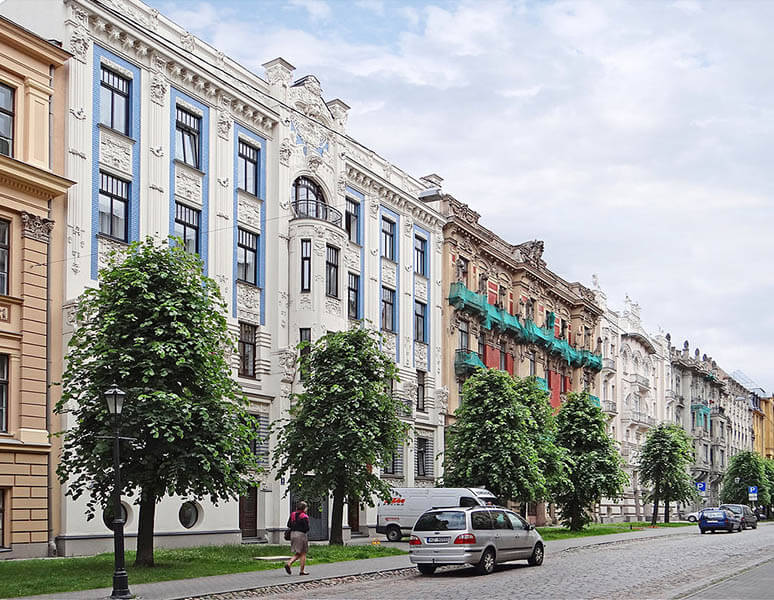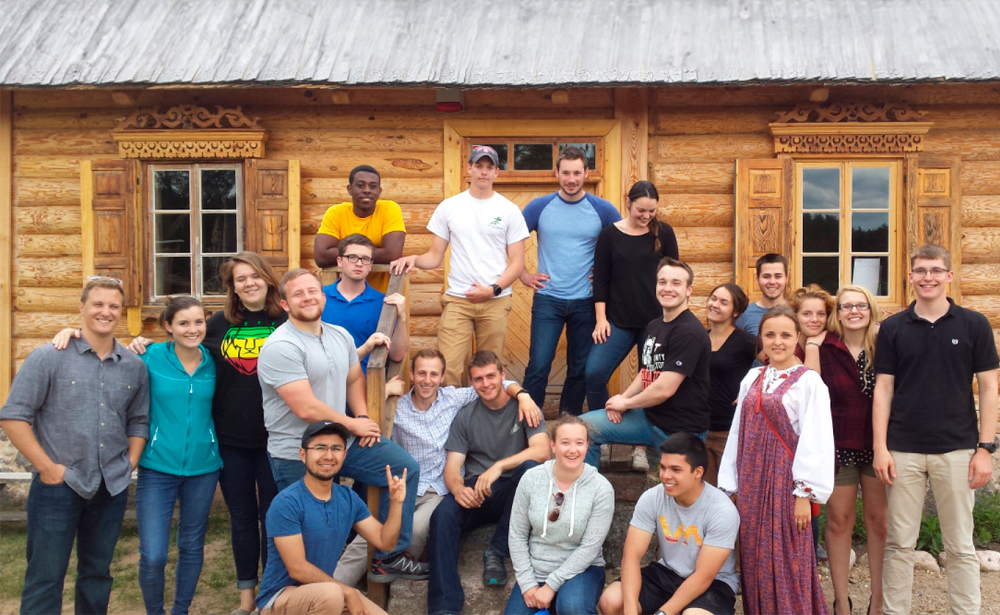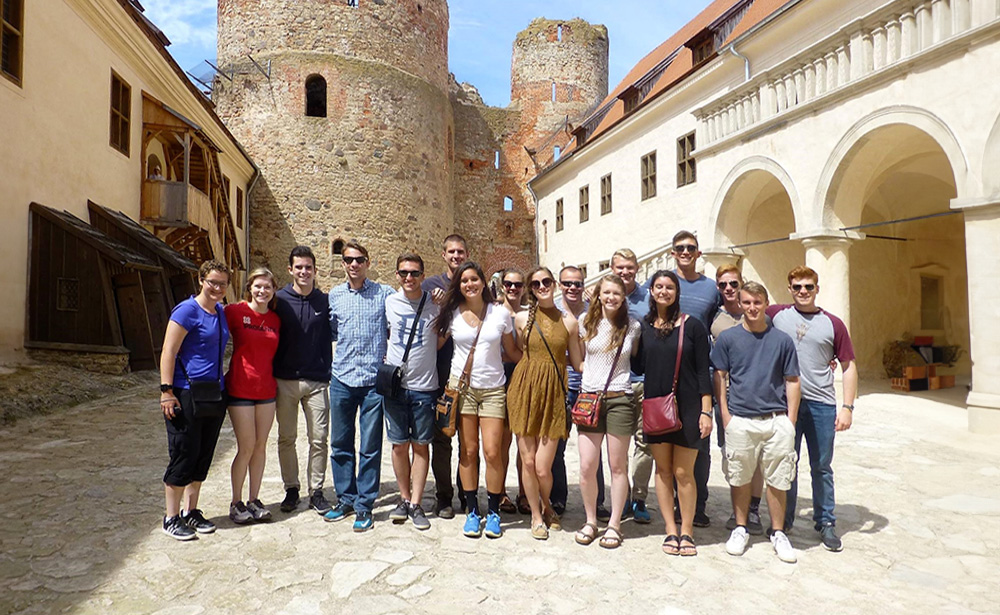Interesting Places to See in Riga. Part 4
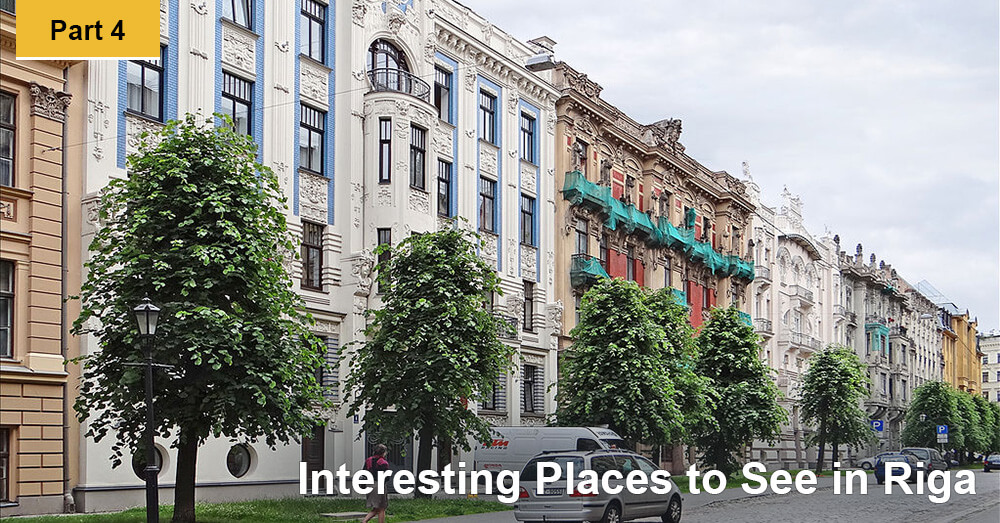
This is our last article about interesting paces you can see in Riga. We’re going to tell you about three places that are popular with foreign tourists.
Albert Street
At the turn of the 19th-20th centuries, in the era of economic boom, many new streets appeared in Riga. One of them is a famous Albert Street which is a magnificent example of Riga Art Nouveau. The street is really popular with tourists and visitors of the city. It’s a kind of an open-air museum of Art Nouveau. The special feature of this artistic movement is the expressive interpretation of utilitarian elements, and the willingness to turn the useful into the beautiful.
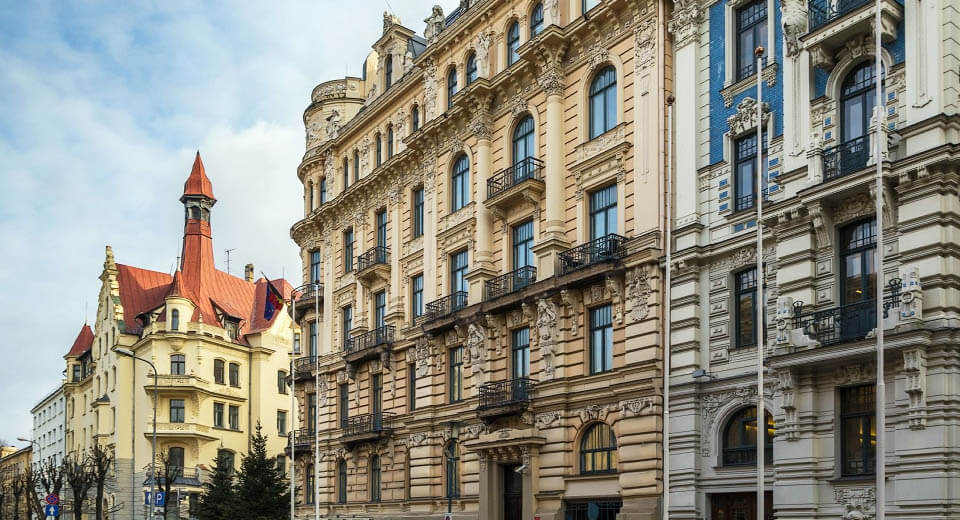
The street got its name after Bishop Albert, the founder of Riga Fortress. There were many other suggestions about the name of the street. One of the suggestions was to name the street after a famous gardener Timm who settled in Riga in 1837, and later became one of the founders of the Riga Gardener’ Society. The street changed its name several times. It got its present name – Alberta Street only at the end of the 20th century.
Riga Motor Museum
Riga Motor Museum is the largest automobile museum that was founded in 1989 thanks to the Latvian Club of Antique Automobiles. The museum contains more than 230 cars, motorcycles and mopeds from the 19th and 20the centuries. It features sports and military vehicles, Latvian-made cars, limousines and cars of the 1930s.
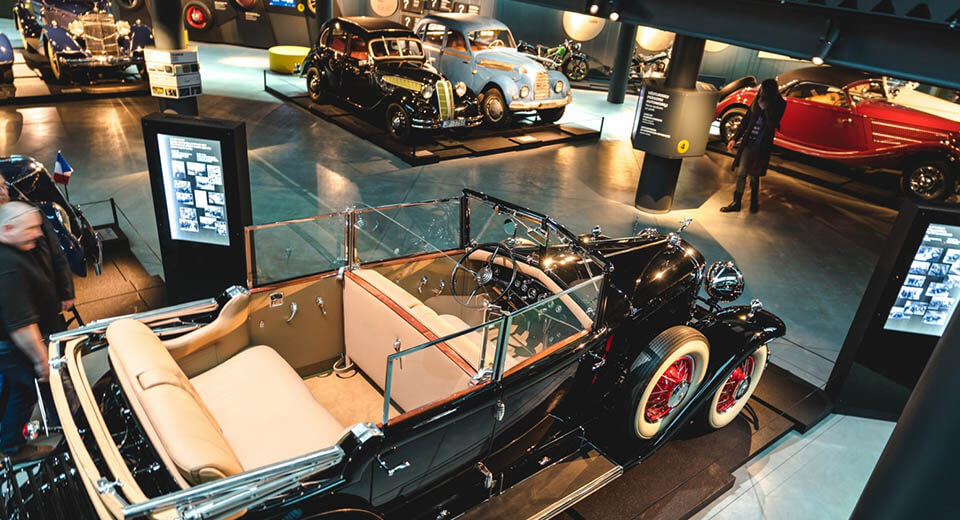
The area of the museum covers more than 4,000 square meters. The exposition is located on three levels and includes the largest and varied collection of old vehicles in the Baltics. All exhibits, including historical vehicles, incorporate a variety of modern multimedia tools. Museum visitors are told about unique vehicles, well-known people and historical events.
Riga Central Market
The Riga Central Market is one of the oldest and largest markets in Europe. It features original pavilion designs. The market was open in 1930 in the city center, near the Daugava River. It has always been in the very center of Riga.
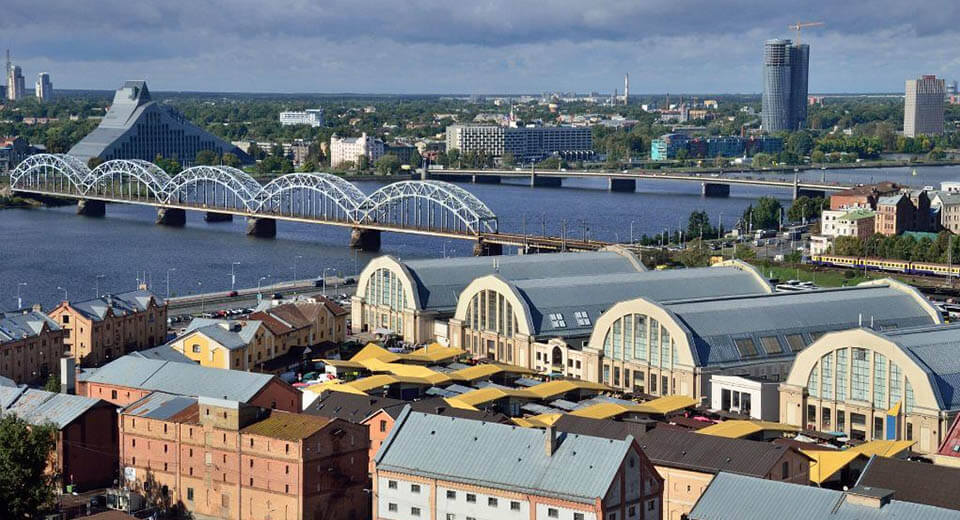
Today, the market attracts a lot of visitors as they know that this is the place where they can buy healthy and quality food. Visiting the Riga Central Market is a real fun when you can enjoy and be part of its whirlpool of cheerful bustle, polyphony, laughter and diversity. In 1997 the territory of the market was added to the UNESCO World Heritage list.
That’s the end of our last article about most popular places and landmarks in Riga. Follow our blog and leave your comments.
You may be interested
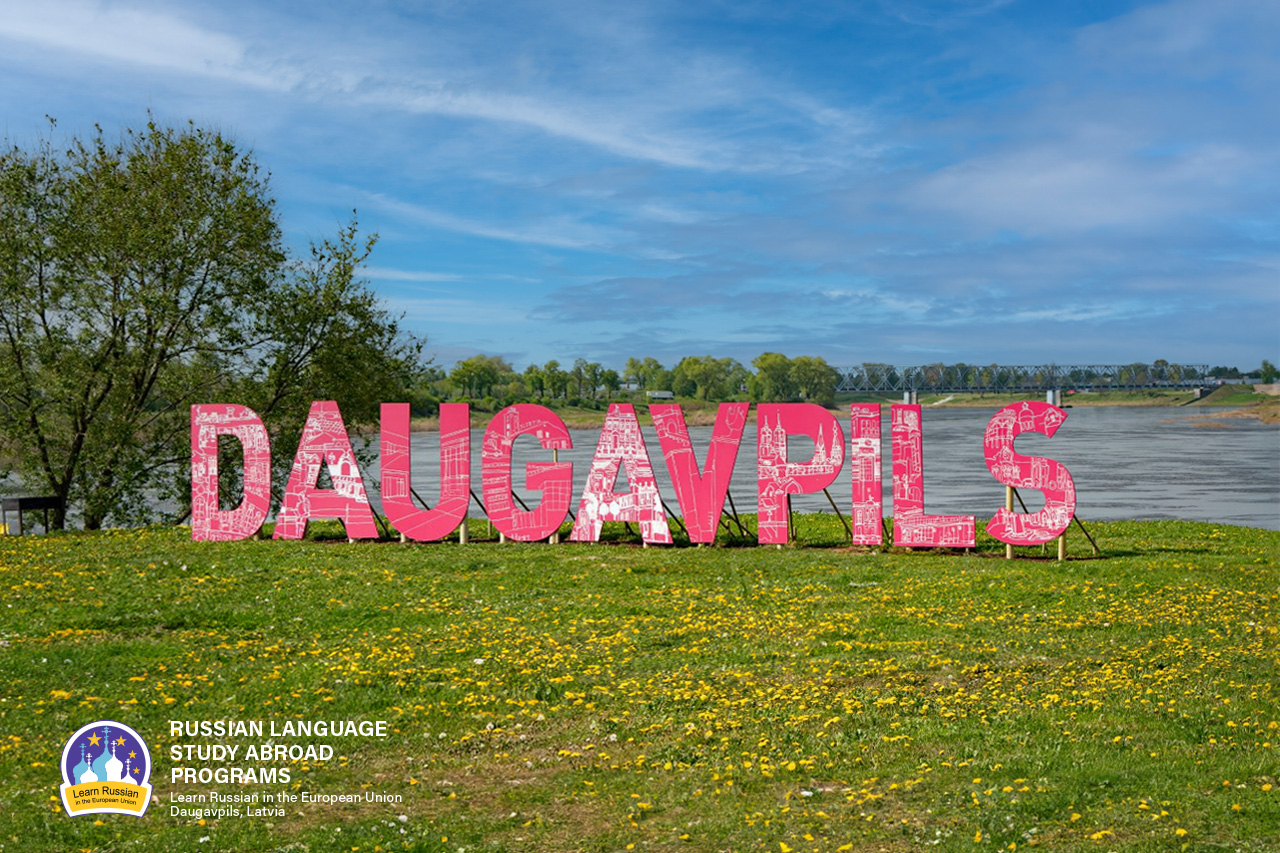
Why do people speak Russian in Daugavpils?
As it seems to us, Daugavpils is the best place to learn Russian now, because our city is situated in the EU and NATO, but at the same time 90% of the city’s population speak Russian at home.
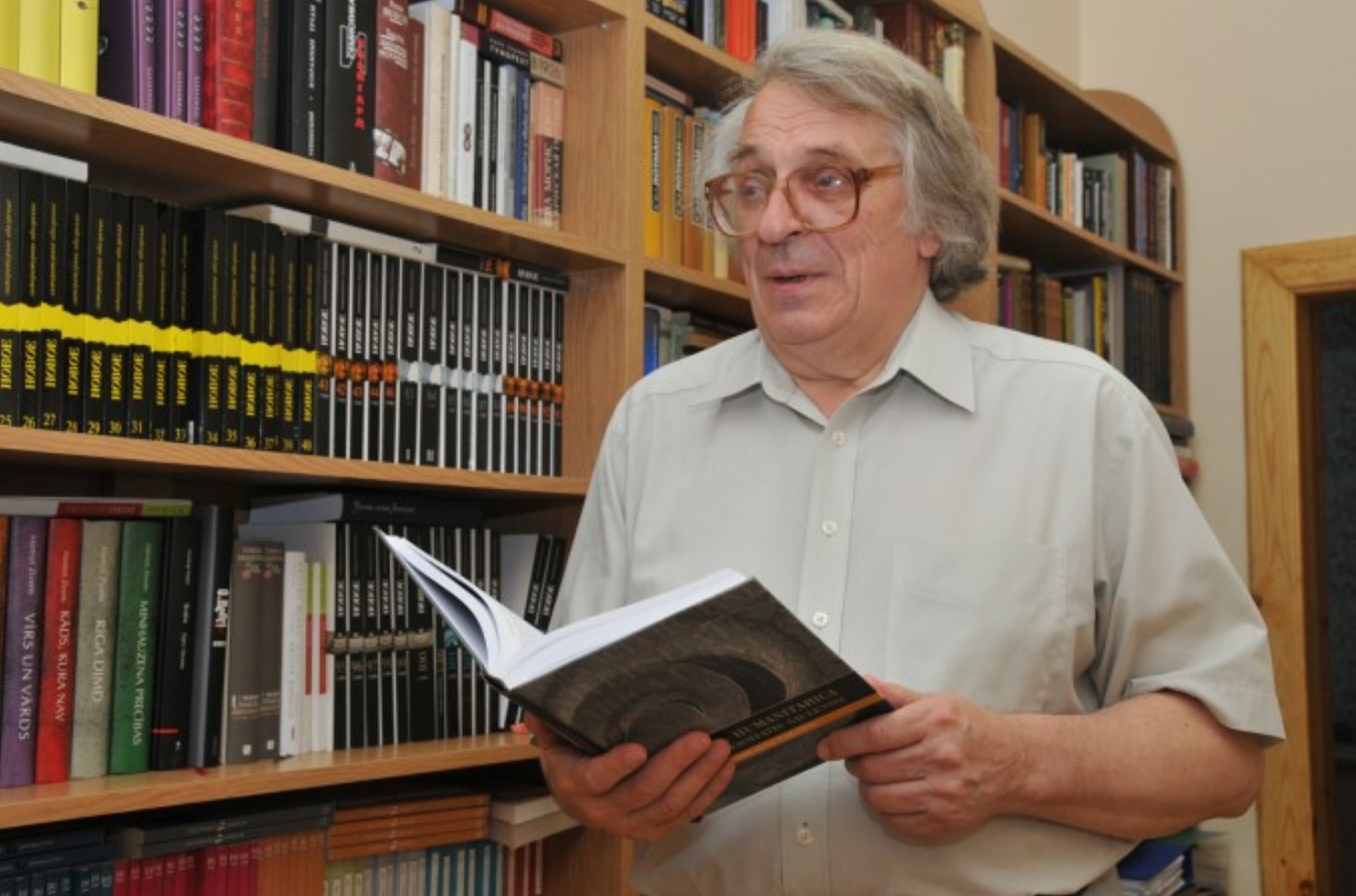
ЭТЮД О ДВИНСКЕ
Etude on Dvinsk by F.Fedorov
The Baltic region is one of the most catastrophe prone regions of the 2nd millennium, especially its second part; it is the centre of attraction of ‘geopolitical’ interests of the European world. Probably the most tragic fate has befallen to the eastern part of the present Latvia and its multi-titled town of Dinaburg – Dvinsk – Daugavpils. During its 730 years long history, the town went through five rather autonomous periods of development, five different lives (German, Polish, Russian, Latvian, Soviet), and at the beginning of the 1990s it entered into the 6th period.
The history of Dinaburg – Dvinsk – Daugavpils is the history of five attempts by the town to begin its life anew; and this is determined not only by the fact that the town was four times burned down and had to start life from scratch, but first and foremost because each of these periods was characterized by a total change of ethnos and the socio-cultural field.
The present article deals with the cultural space of the town in one of the most efficient periods of its development – from the 1860s till World War I.


